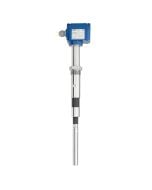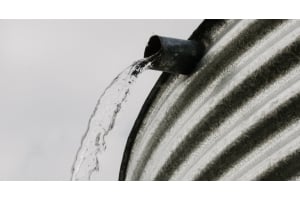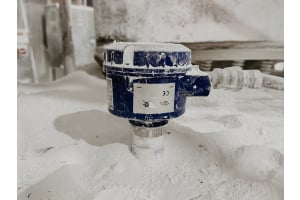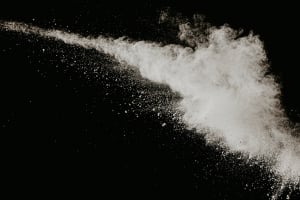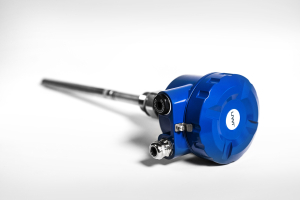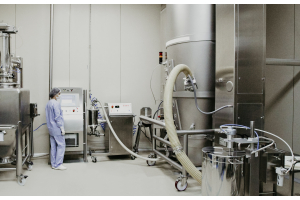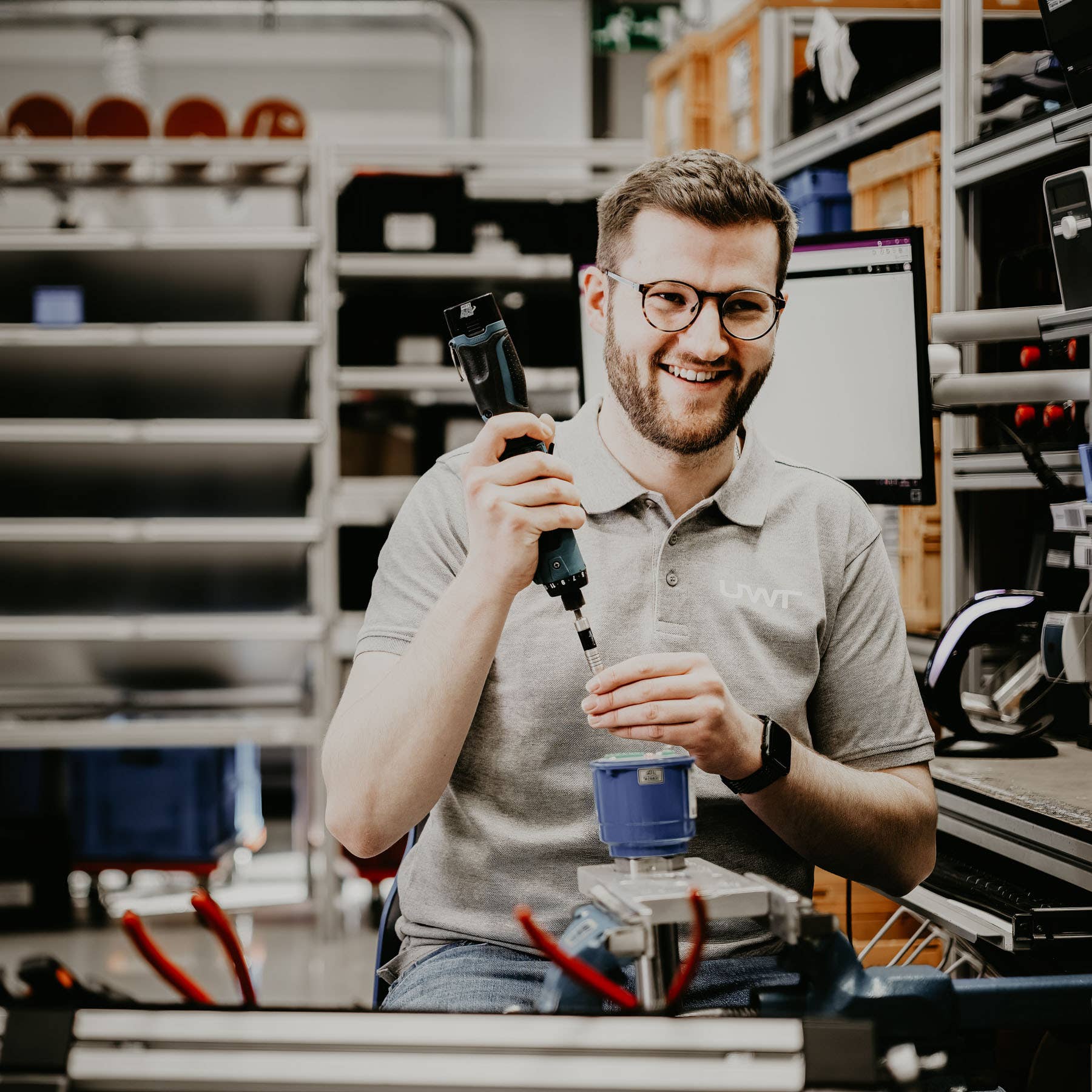
Point level measurement overview
An important area of continuous level measurement is limit level measurement. Level limit measurement focuses on detecting a specific point or area of the level at which a predefined threshold is reached. It is used to trigger alarms or control certain actions when the fill level reaches a critical value, for example to prevent overflow or dry running. Point level measurements are discontinuous and often only provide an "on/off" signal when the level reaches or leaves a certain mark. In contrast to continuous level measurement, which is used to precisely monitor the level during operation, limit level measurement is used to detect specific conditions or threshold values and trigger actions when these are reached. The combination with compatible level monitoring and visualisation systems is common to ensure additional safety and control of the measuring processes. The point level measurement is also used to determine the interface in order to determine the exact transition point between two media.
Measuring method for point level measurement
There are various methods for point level measurement that can be used depending on the requirements and properties of the medium and the container. The limit value for the measurement can often be adjusted to adapt the sensor to different media or limit level requirements. UWT's repertoire includes the following measuring principles:
Electromechanical point level measurement with rotating paddle detectors
Electromechanical level measurement is a method of detecting the limit level or fill level of liquids or bulk material in a container or pipe. In this technique, electromechanical sensors or switching devices are used to detect the moment when the level reaches a predefined level. This allows processes to be controlled or alarms to be triggered when the level reaches a critical height.
A rotating paddle detector for point level measurement is an electromechanical device used in industry to monitor the point level of liquids or bulk goods in containers or tanks. This device uses a rotating vane (rotor) that extends into the tank and is surrounded by the medium. The rotor is designed so that it can rotate freely. When the level in the tank reaches the rotor, the vane is lifted or stopped by the medium. This causes the rotor to stop turning. The rotor is connected to a switching system that monitors the position of the rotor. If the rotor is stopped due to the rising fill level, the switching status changes and an electrical signal is generated. If the rotor stops rotating due to the rising fill level, this is interpreted as a signal that the limit level has been reached. If the fill level below the rotor decreases and the rotor can rotate freely again, a different signal is generated to indicate that the fill level has fallen below the limit level.
-

Rotary paddle level switch
Rotonivo® - RN 4001 -
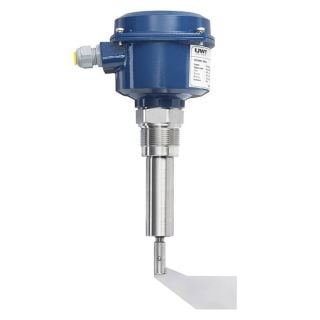
Rotary paddle level switch
Rotonivo® - RN 6004 -
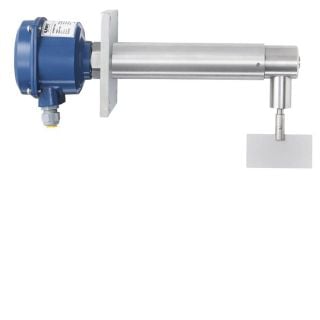
Rotary paddle level switch
Rotonivo® - RN 6003 -
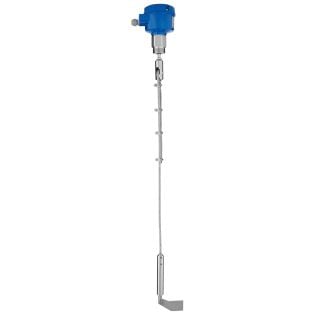
Rotary paddle level switch
Rotonivo® - RN 6002 - strengthened rope version -
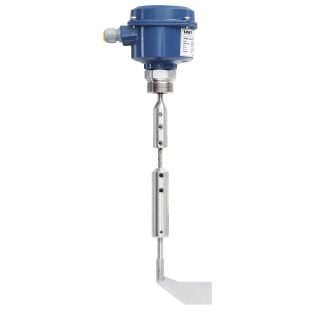
Rotary paddle level switch
Rotonivo® - RN 6002 - Rope -
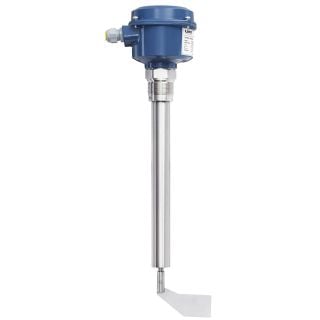
Rotary paddle level switch
Rotonivo® - RN 6002 - Tube -
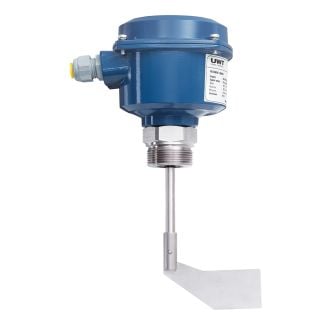
Rotary paddle level switch
Rotonivo® - RN 6001 -
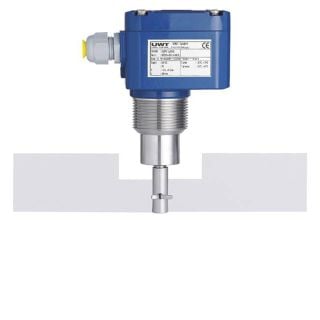
Rotary paddle level switch
Rotonivo® - RN 3005 -
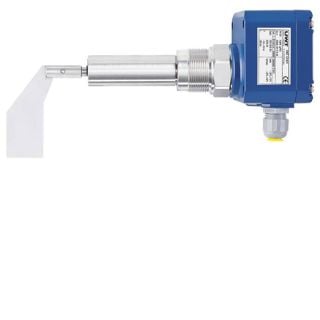
Rotary paddle level switch
Rotonivo® - RN 3004 -
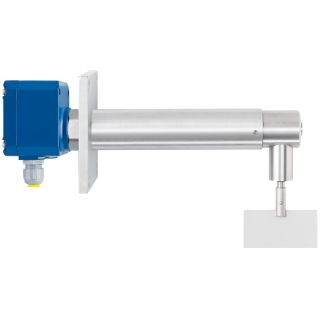
Rotary paddle level switch
Rotonivo® - RN 3003 -
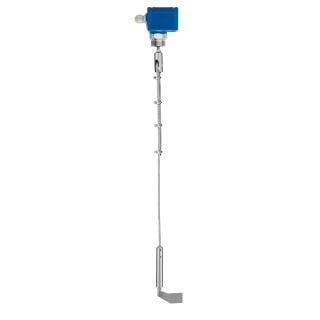
Rotary paddle level switch
Rotonivo® - RN 3002 strengthened rope version -
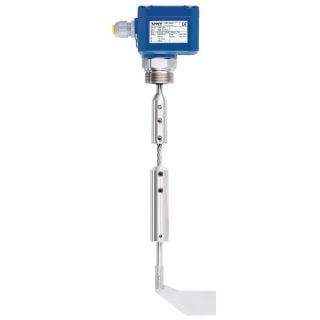
Rotary paddle level switch
Rotonivo® - RN 3002 - Rope -
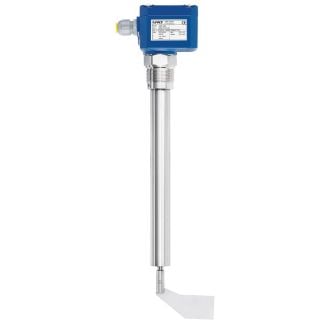
Rotary paddle level switch
Rotonivo® - RN 3002 - Tube -
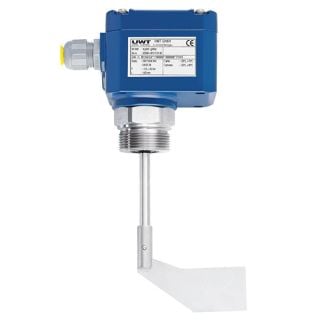
Rotary paddle level switch
Rotonivo® - RN 3001
Exemplary applications of electromechanical point level measurement with rotating paddle detectors:
Level measurement with rotary paddle switches in wood chip conveyor systems
Rotary paddle in material handling processes of the grain industry
Measurement sensor answers to demands of grey gold manufacturing
Electromechanical point level measurement with vibration limit switches
Level measurement with vibrating level switches is a method based on the principle of vibration sensitivity to detect the limit level of a medium in a container. A vibrating level switch usually consists of a vibrating fork or a vibrating rod for installation in the container to be monitored. This fork or rod is made to vibrate. When the medium (e.g. liquid or powder) reaches the area of the sensor, it changes its vibration characteristics. The change in vibration is detected by the sensor element. As soon as the medium level reaches or exceeds the preset limit value, this is recognised as reaching the limit level. The vibration limit switch then usually emits an electrical signal that serves as a switching output. This signal can be used to control pumps, valves or other process devices.
-
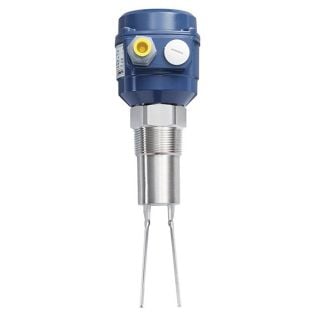
Vibration level switch
Vibranivo® - VN 1020 -
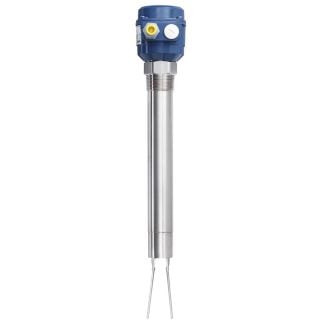
Vibration level switch
Vibranivo® - VN 1030 -
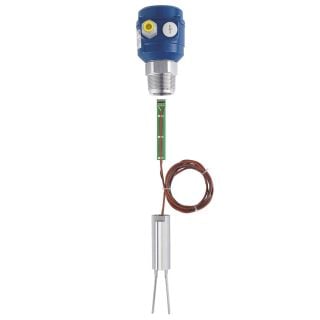
Vibration level switch
Vibranivo® - VN 1040 -
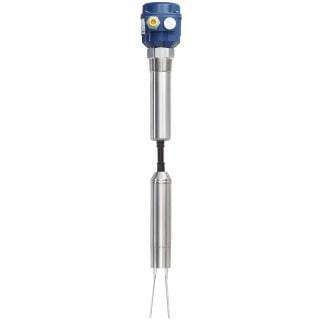
Vibration level switch
Vibranivo® - VN 1050 -
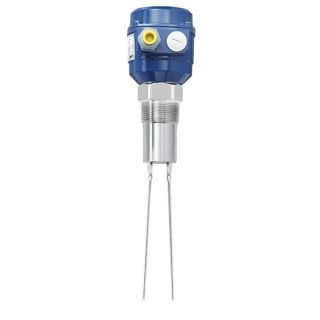
Vibration level switch
Vibranivo® - VN 2020 -
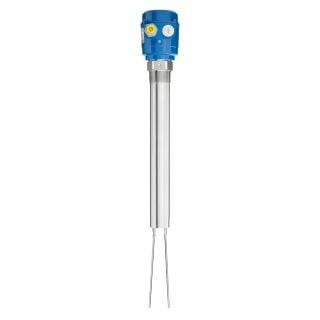
Vibration level switch
Vibranivo® - VN 2030 -
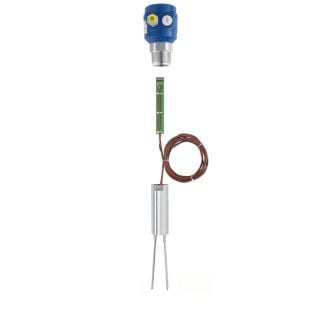
Vibration level switch
Vibranivo® - VN 2040 -
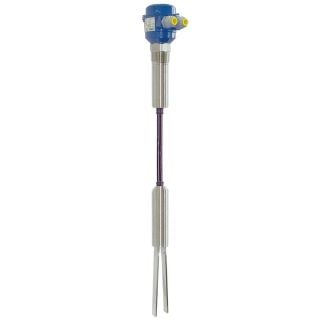
Vibration level switch
Vibranivo® - VN 2050 -
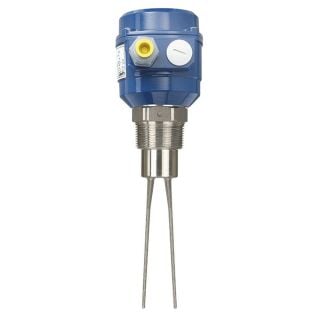
Vibration level switch
Vibranivo® - VN 4020 -

Vibration level switch
Vibranivo® - VN 4030 -

Vibration level switch
Vibranivo® - VN 4040 -
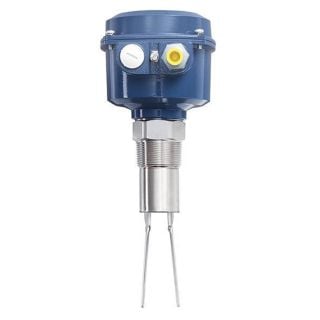
Vibration level switch
Vibranivo® - VN 5020 -
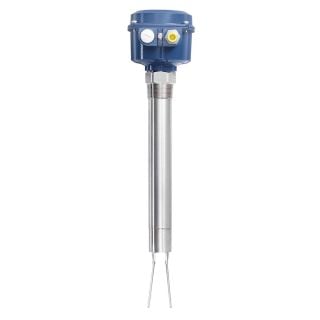
Vibration level switch
Vibranivo® - VN 5030 -

Vibration level switch
Vibranivo® - VN 5040 -

Vibration level switch
Vibranivo® - VN 5050 -

Vibration level switch
Vibranivo® - VN 6020 -

Vibration level switch
Vibranivo® - VN 6030 -

Vibration level switch
Vibranivo® - VN 6040 -

Vibration level switch
Vibranivo® - VN 6050 -
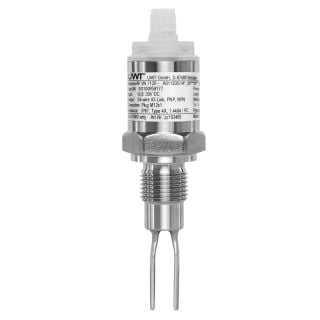
Vibration level switch
Vibranivo® - VN 7120 -

Vibration level switch
Vibranivo® - VN 7130
-
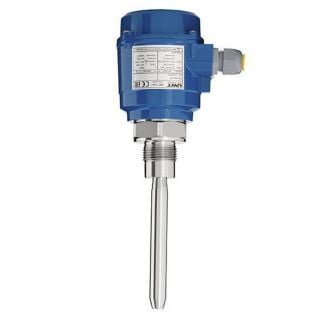
Vibration level switch
Mononivo® - MN 4020 -
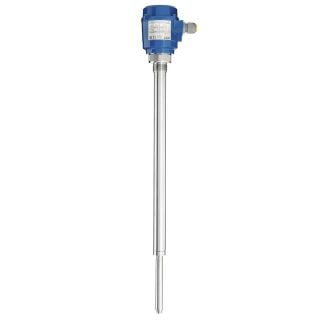
Vibration level switch
Mononivo® - MN 4030 -
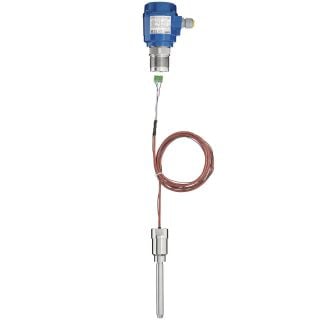
Vibration level switch
Mononivo® - MN 4040
Exemplary applications of electromechanical point level measurement with vibration limit switches:
Compact point level switch for process optimization in hydropower plants
Different processes within bulk material handling for animal feed production
Vibrating fork series for process solutions in different industries
Capacitive point level measurement
Level measurement with vibrating level switches is a method based on the principle of vibration sensitivity to detect the limit level of a medium in a container. A vibrating level switch usually consists of a vibrating fork or a vibrating rod for installation in the container to be monitored. This fork or rod is set into vibration. When the medium (e.g. liquid or powder) reaches the area of the sensor, it changes its vibration characteristics. The change in the oscillation is detected by the sensor element. As soon as the medium level reaches or exceeds the preset limit value, this is recognised as reaching the limit level. The vibration limit switch then usually emits an electrical signal that serves as a switching output. This signal can be used to control pumps, valves or other process devices.
-
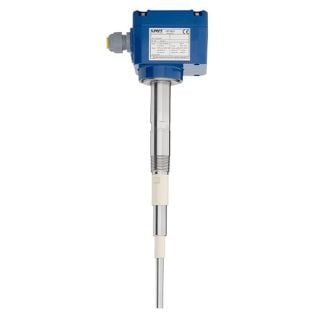
Capacitive sensor
RFnivo® - RF 3100 -

Capacitive sensor
RFnivo® - RF 3200 -
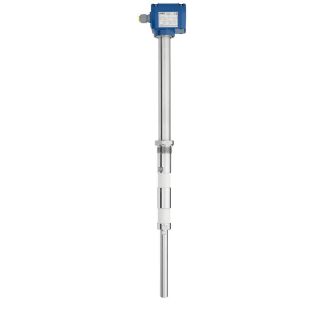
Capacitive sensor
RFnivo® - RF 3300 -
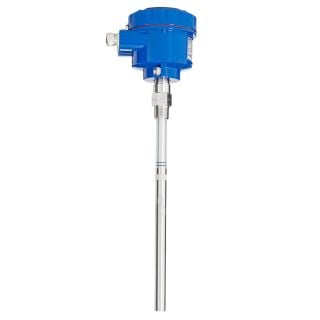
Capacitive sensor
RFnivo® - RF 8100 -
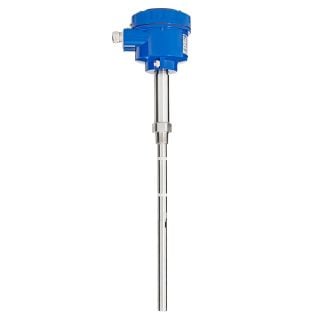
Capacitive sensor
RFnivo® - RF 8200
-
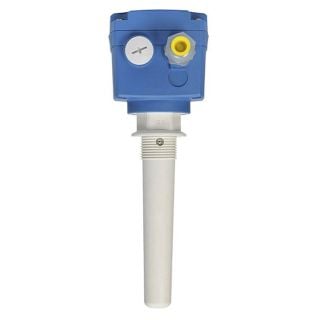
Capacitive sensor
Capanivo® - CN 4020 -
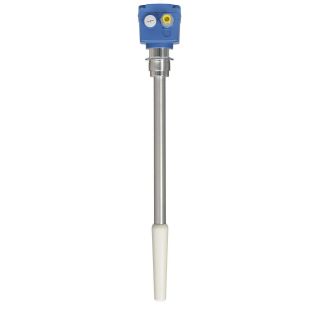
Capacitive sensor
Capanivo® - CN 4030 -

Capacitive sensor
Capanivo® - CN 4050 -
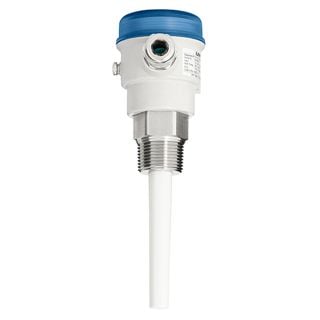
Capacitive sensor
Capanivo® - CN 7100 -
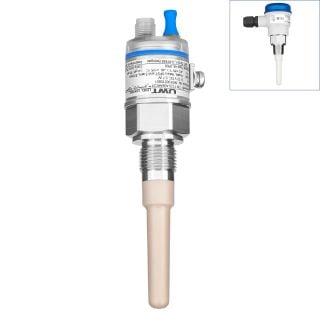
Capacitive sensor
Capanivo® - CN 7120 - Stainless steel
Exemplary applications of capacitive point level measurement:
Capacitive measurement technology for pressurised containers
Capacitive level measurement technology for full signalling of crude oil
Full detection in paint manufacturing through a glass pane
What should you look out for when choosing
the right point level measurement?
Choosing the right point level measurement is crucial for effective process monitoring and control. It makes a significant contribution to increasing the efficiency, safety and quality of industrial processes. It is therefore very important to carefully select the appropriate measurement technology and adapt it to the specific requirements of the application.
Checklist for selecting the right
point level measurement technology
- Define area of application: Clarify the area of application of the point level measurement technology, in particular with regard to the media to be monitored and the prevailing ambient conditions.
- Check measurement principles: Examine various measuring principles and select the one that best suits your specific requirements.
- Consider environmental conditions: Take into account the environment in which the measurement technology is used, including temperature, pressure and chemical influences.
- Specify accuracy requirements: Define the required accuracy of the measurement to ensure that the selected technique meets the specified requirements.
- Check material compatibility: Ensure that the materials of the measurement technology are compatible with the media to be measured in order to avoid possible corrosion or other damage.
- Evaluate maintenance requirements: Consider the maintenance requirements and reliability of the selected technology to minimise operational interruptions.
- Analyse cost factors: Evaluate the total costs, including purchase price, installation costs and ongoing operating costs.
- Integration in existing systems: Check how well the point level measurement technology can be integrated into existing process control systems.
- Comply with standards and certifications: Check whether the selected measurement technology complies with the required standards and certifications, especially if it is used in safety-critical areas.
Choosing the right point level measurement technology is crucial to obtaining accurate information about the level of media, enabling efficient process control, compliance with safety standards and minimisation of operating costs.







